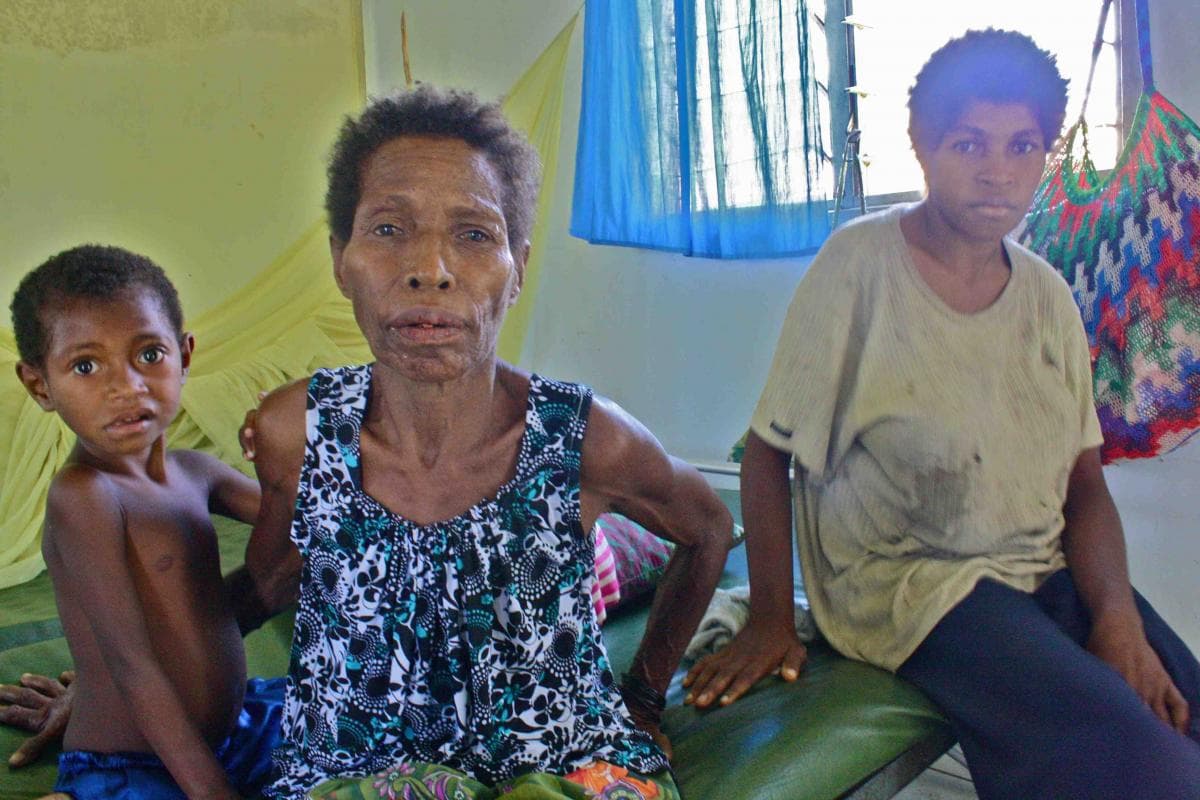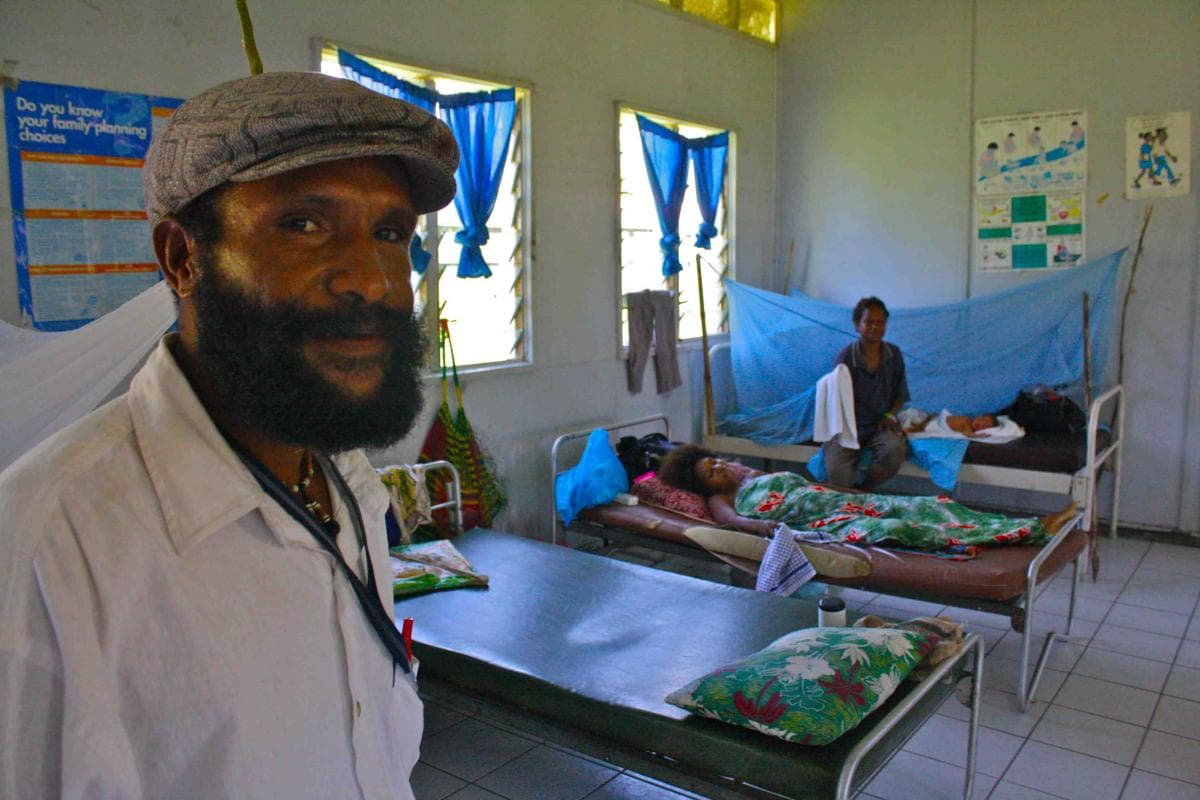Saidor Health Centre - surviving on the dedication of its staff
By Scott Waide
Dilung Gama and her daughter Martina (pictured) sit on bed in a small maternity ward at the Saidor Health Center.

The child has been given away for adoption and Dilung - who appears to be in her 60s - says they did that because Martina has too many children.
She doesn’t say how many children her daughter has but she points to a boy behind her and says: “That’s one of them.”
Like many other parts of Papua New Guinea, stories about the plight of women and children is all too common. We’ve become desensitized to images and stories that would cause panic and alarm in other countries.
Martina is one of the lucky few who have made it to a health center. Her village was beside a road and she was fortunate that her relatives brought her to Saidor in time. Many others aren’t so fortunate.

The Raikos area of Madang shares a common border with the Morobe province. The area is rugged and mountainous. It’s people are scattered along across a thin coastal strip stretching from the Astrolabe to Wasu in Morobe. Many more live in hamlets in the the rugged hills overlooking the coast. Transportation is extremely difficult when it comes to medical emergencies.
Lynette and other workers here at Saidor are a dedicated lot of health professionals. But their dedication and commitment has not always been enough to save countless lives lost because of transport difficulties.
“It is a painful place to work,” she says. “Our patients are like family.
She recalls a medevac she requested several years ago for a woman who was suffering from birth complications. She died while Lynette other staff were desperately trying to find a boat.
“I cried for her. I went to the health office and I said: why did it take so long to find the boat. We let her die.”

“Sometimes we try to get the patients to pay for emergency transportation,” says Gabriel Puak (pictured). “But they can’t afford it. Transport difficulties also has a major impact on the local economy and their ability to make their own money.”
Gabriel holds a Bachelor’s Degree in Midwifery. In saidor, he has been able to reduce the number of deaths during birth. He knows he can do a lot more if only he had the money and the means of transportation to get the medicines and staff to the many rural locations that demand attention.
“Sometimes I sit at home and wonder why I was born here and why I chose this profession. I’ve got the skills to do the job but how do I get to those many people who need help.”
